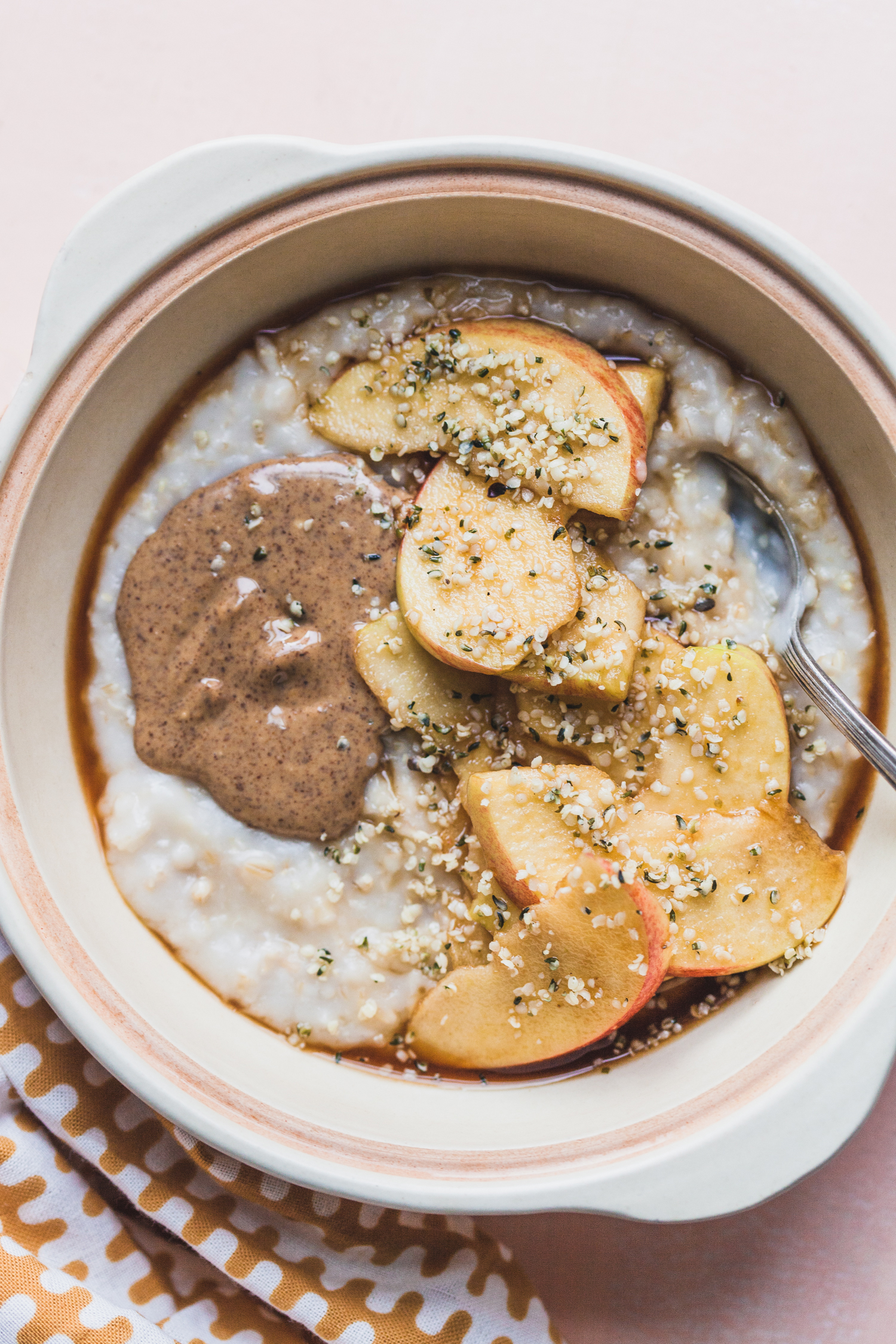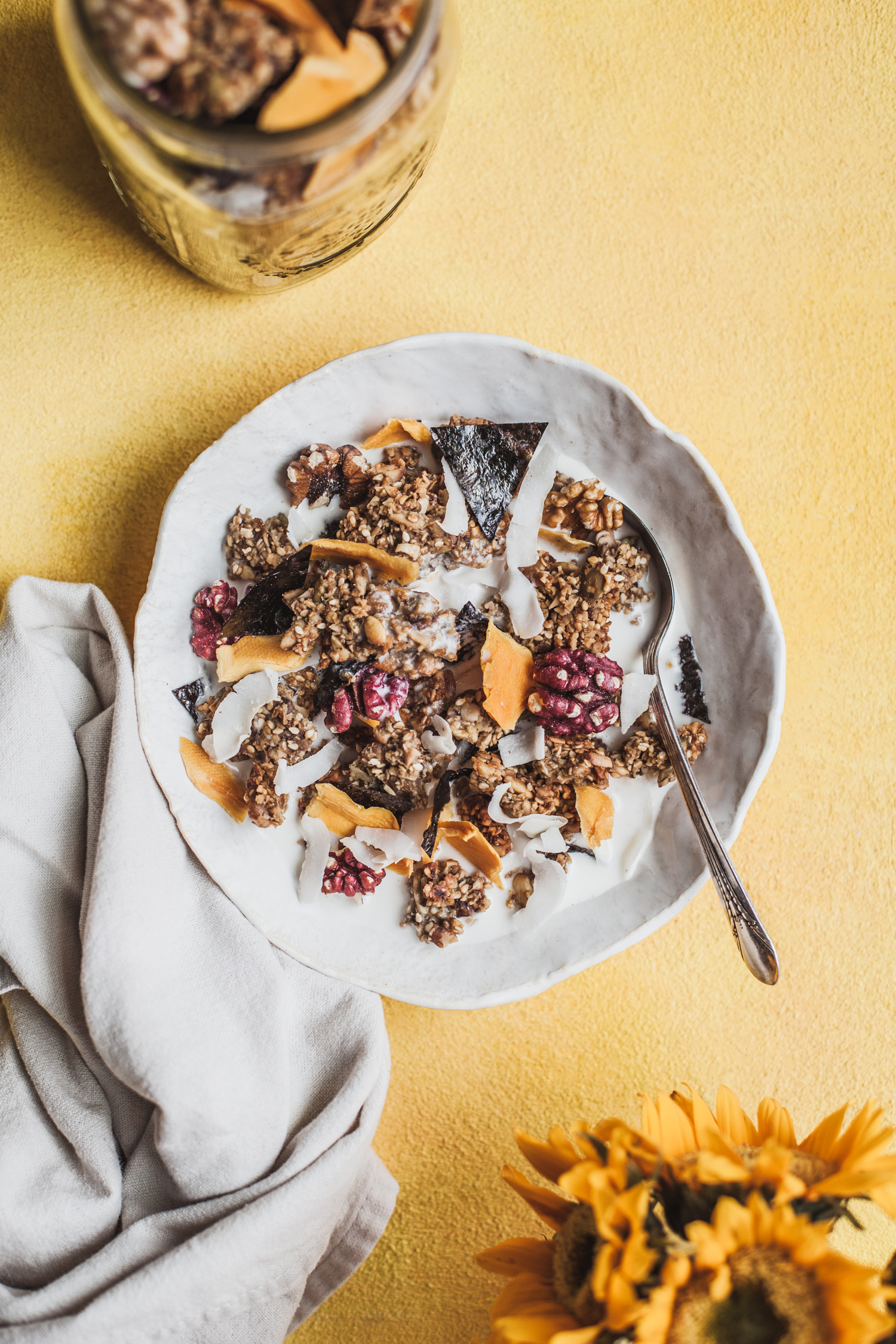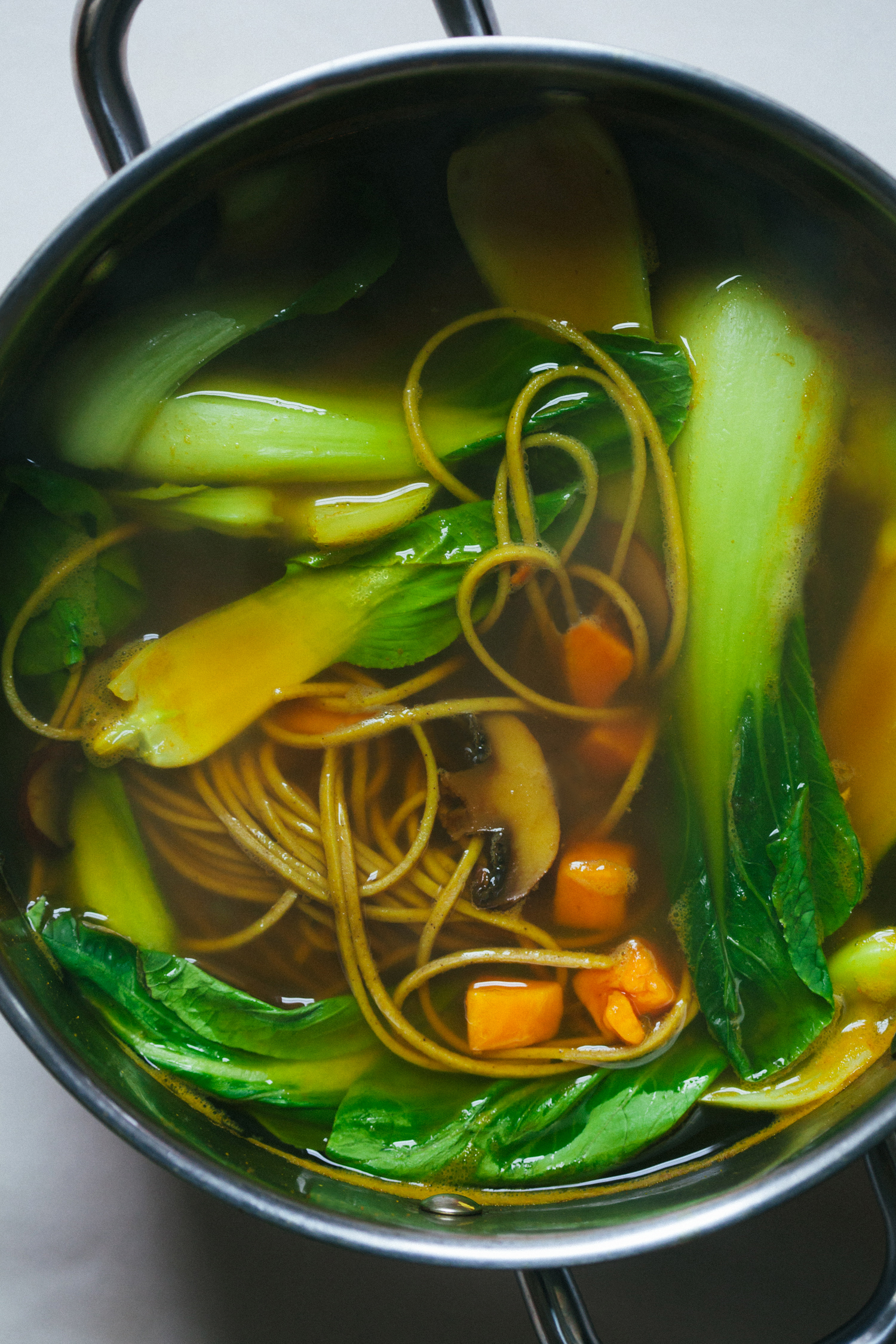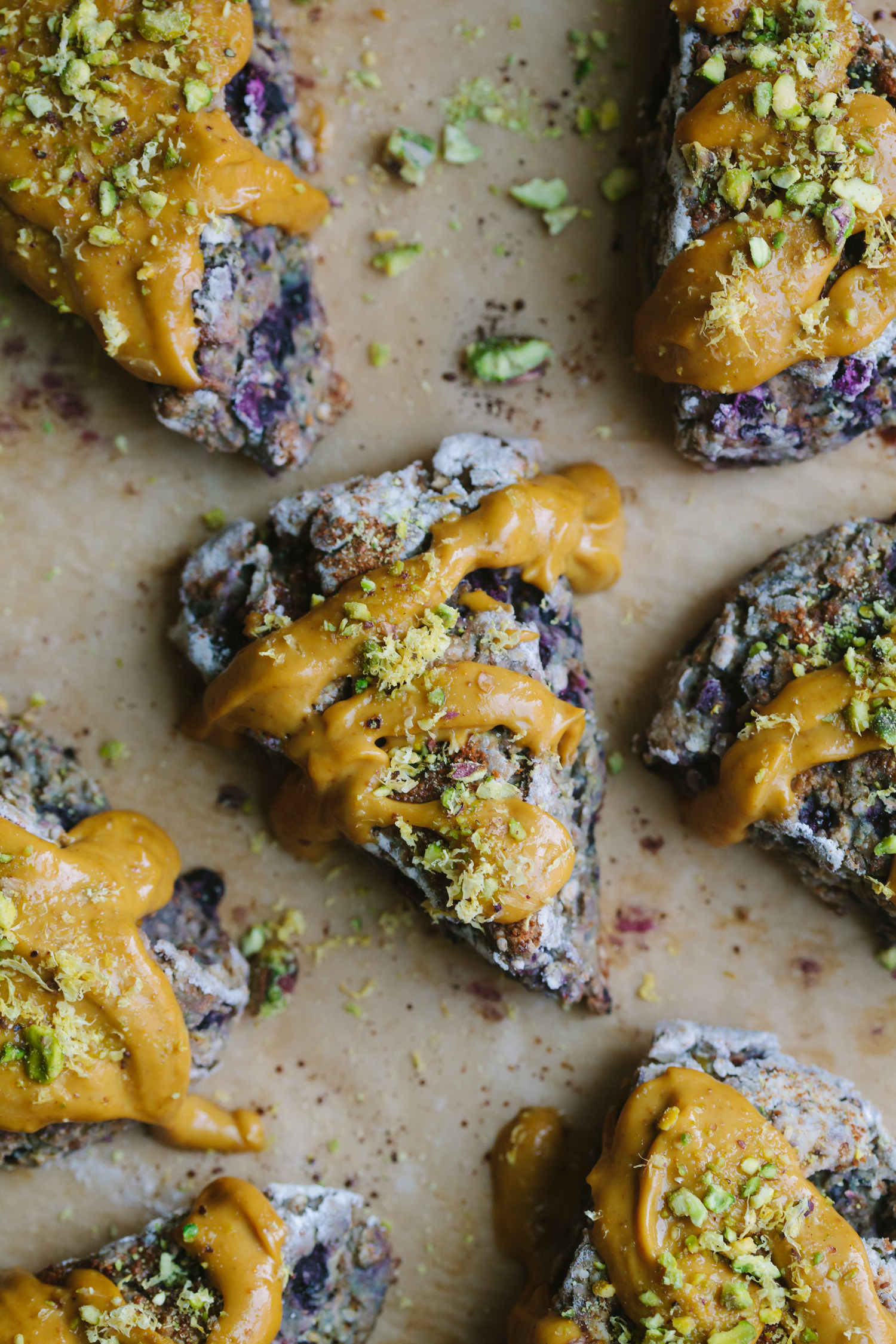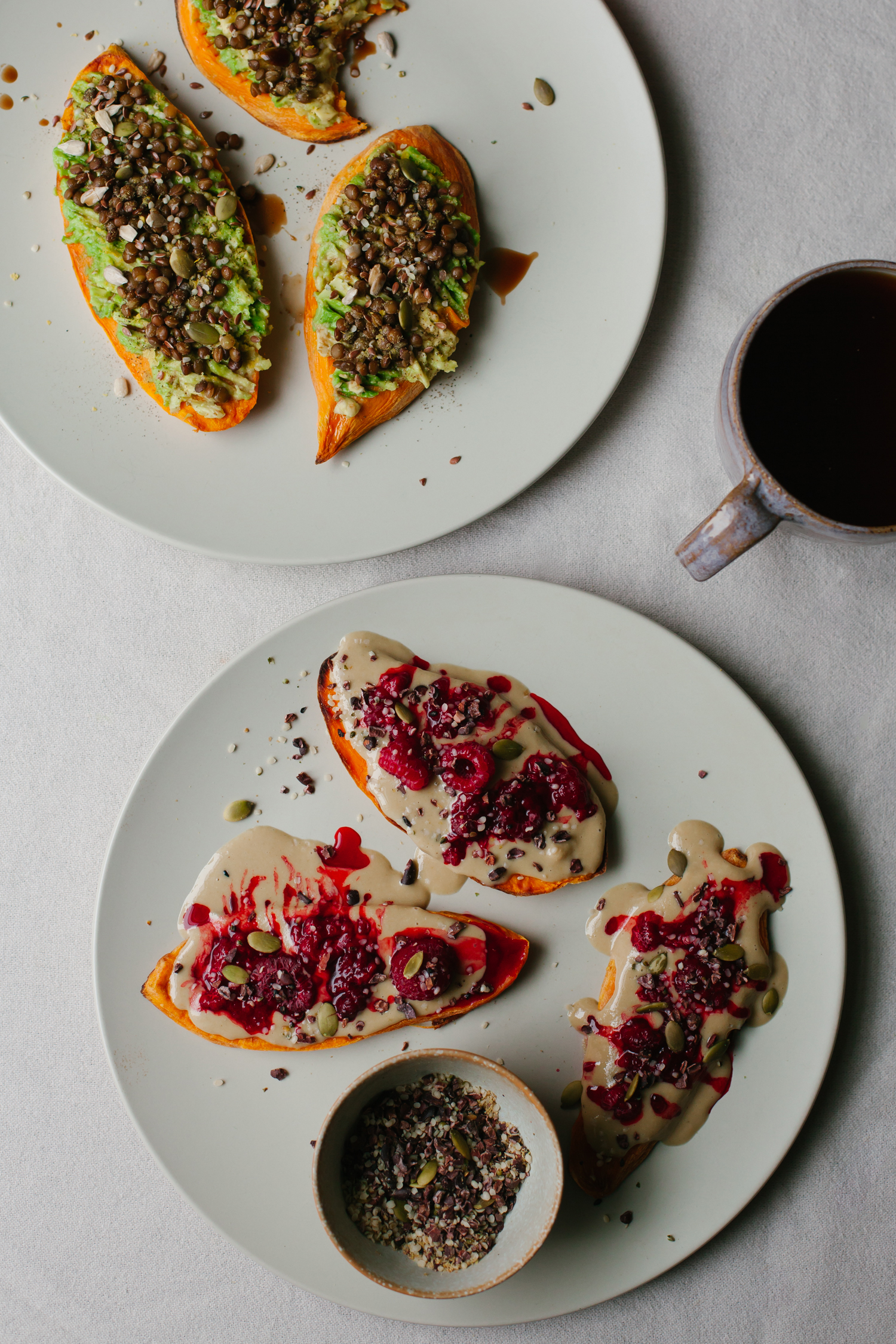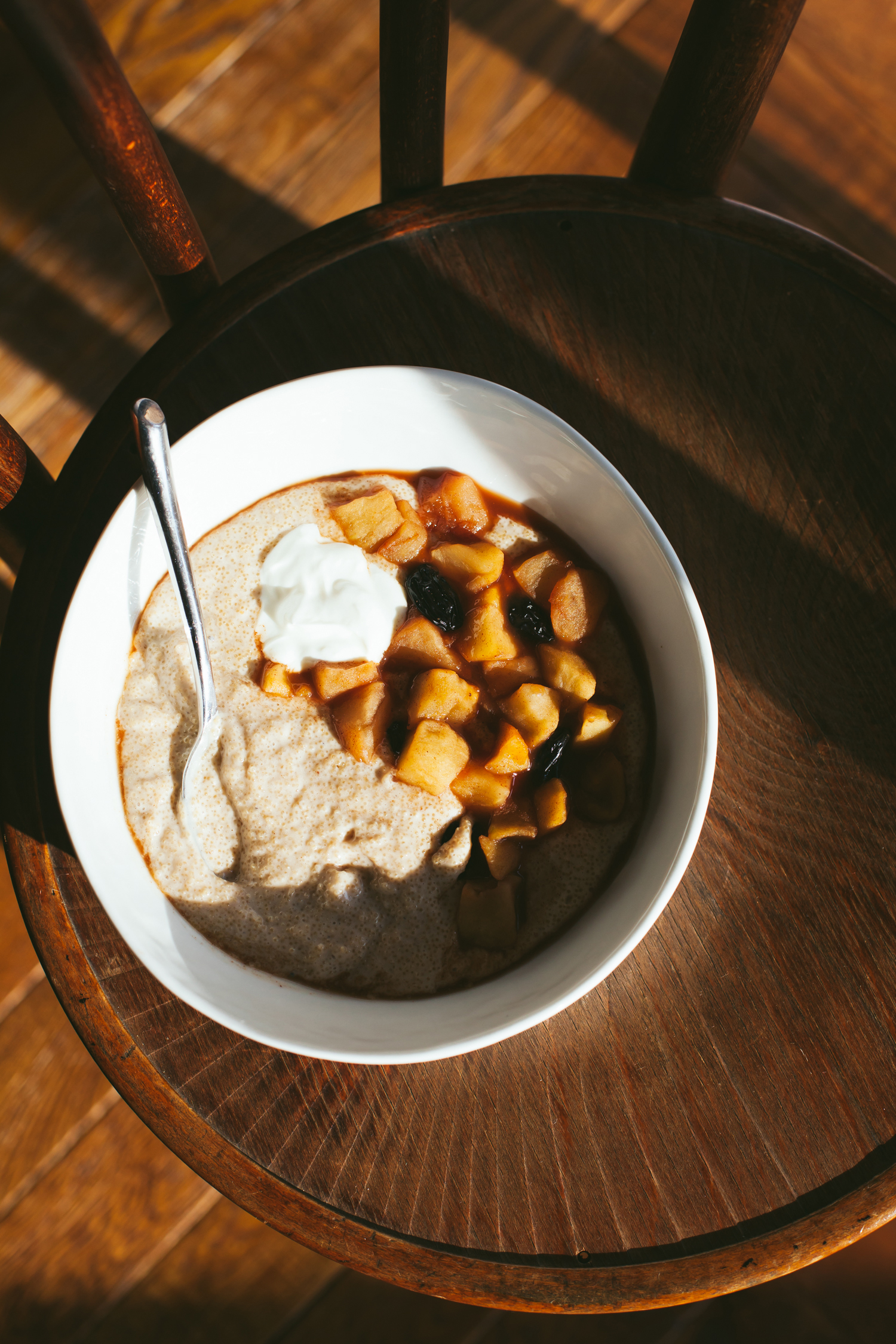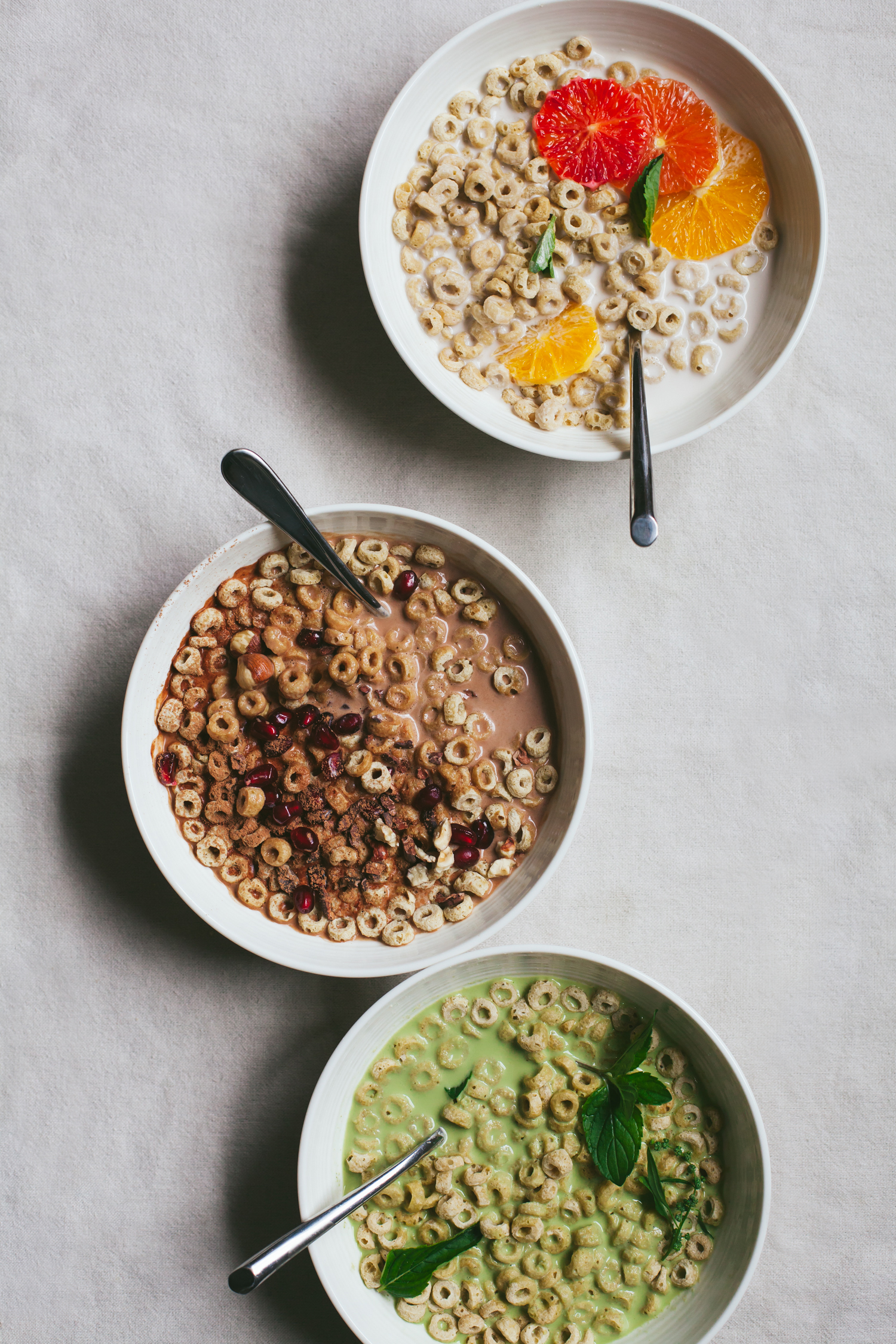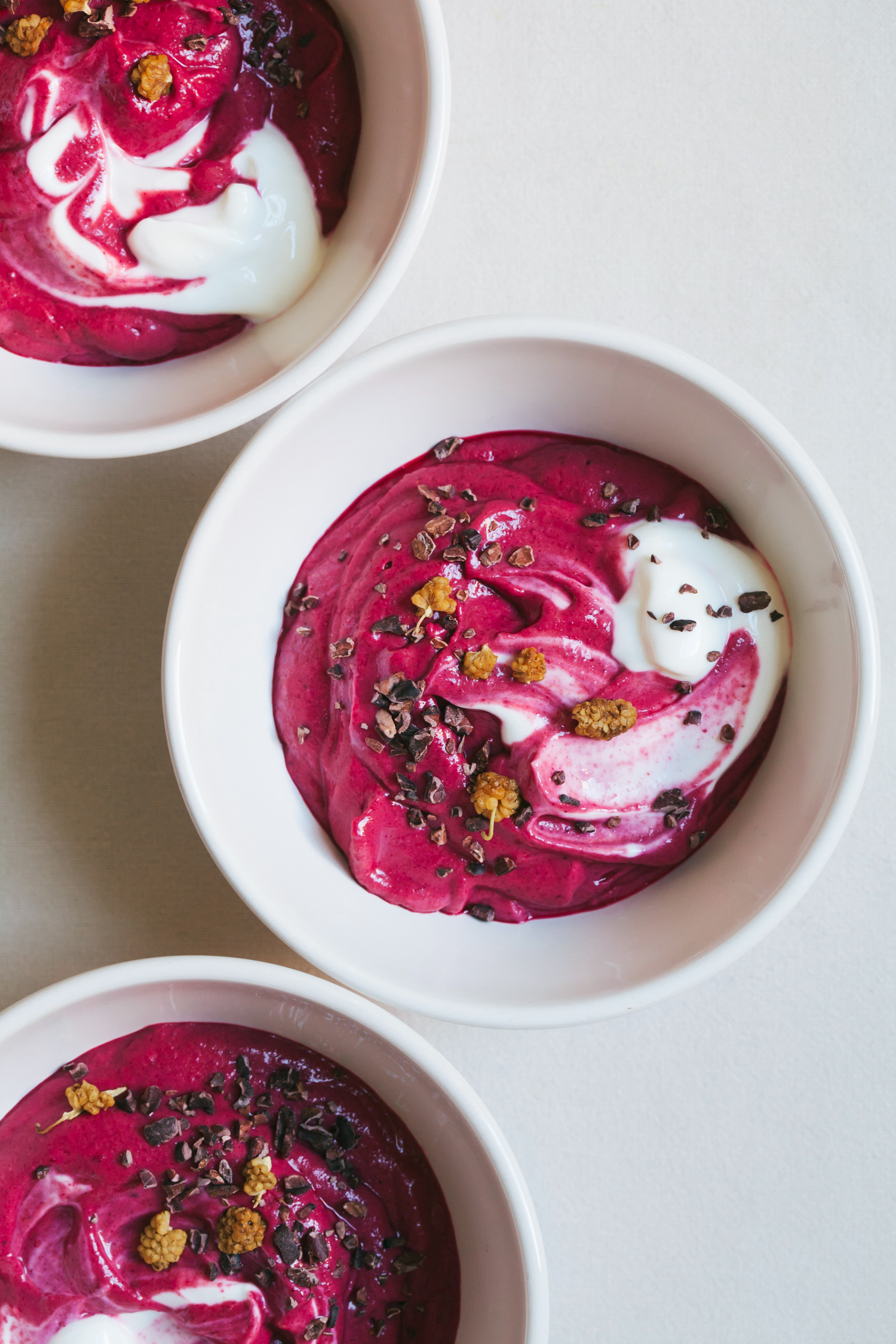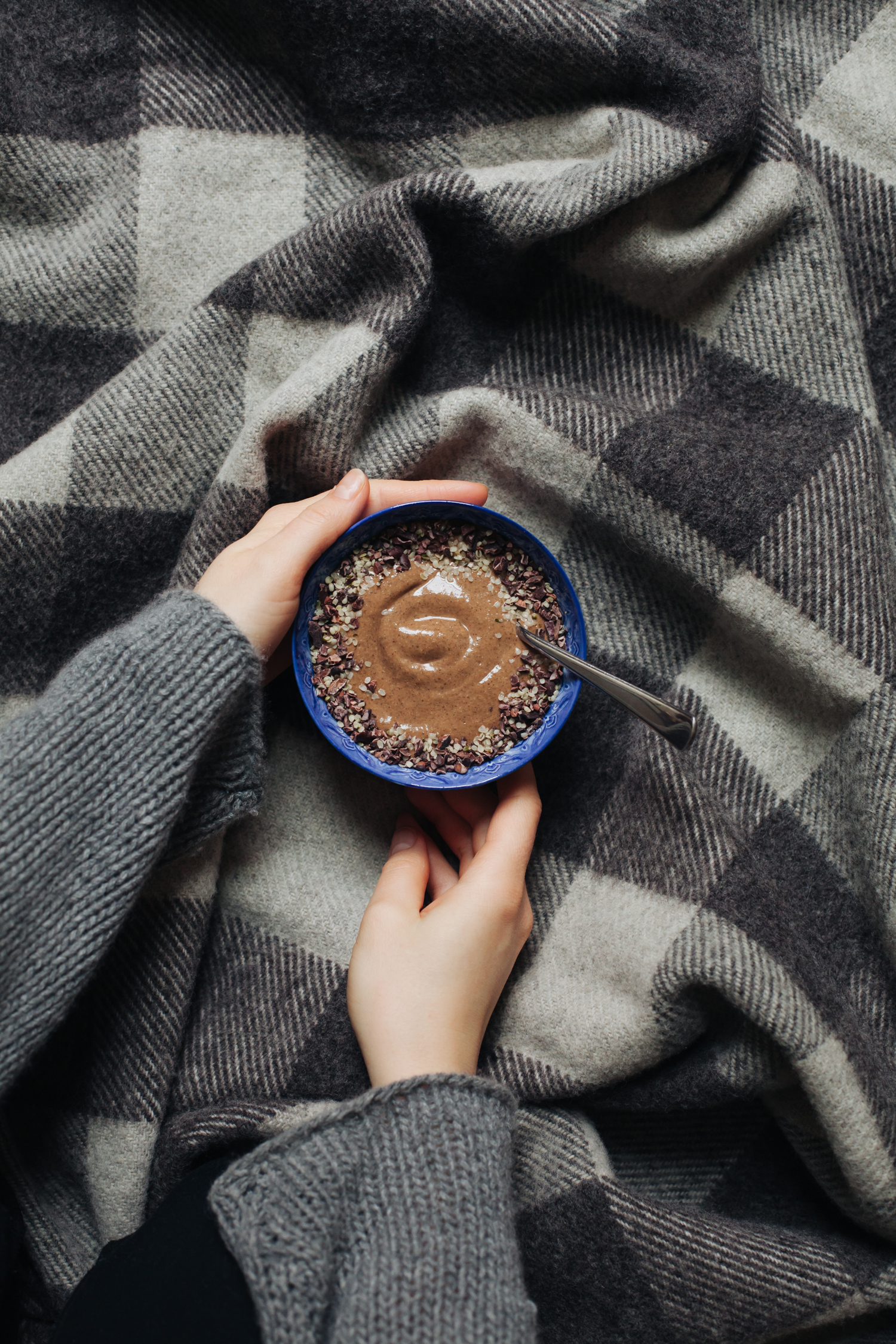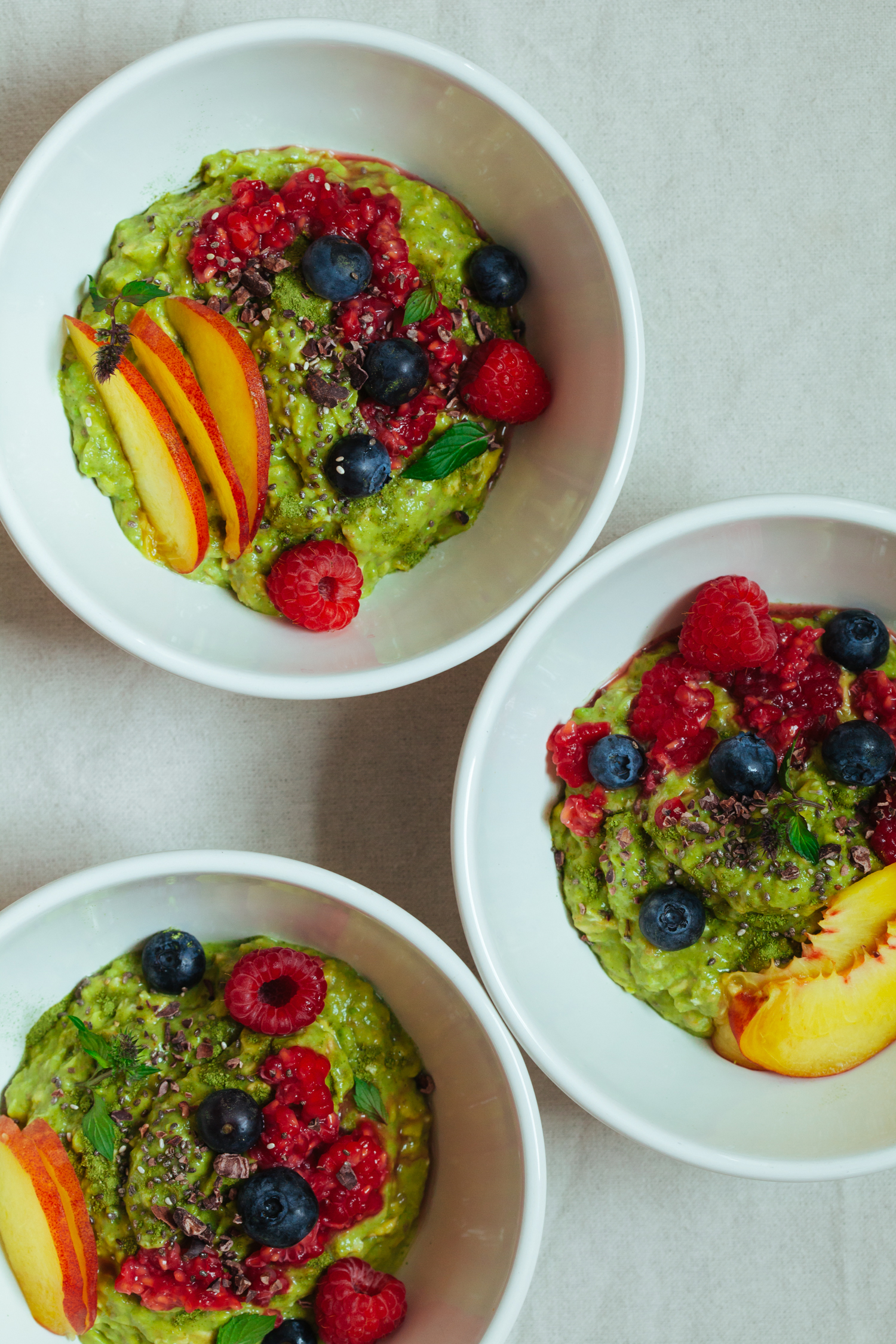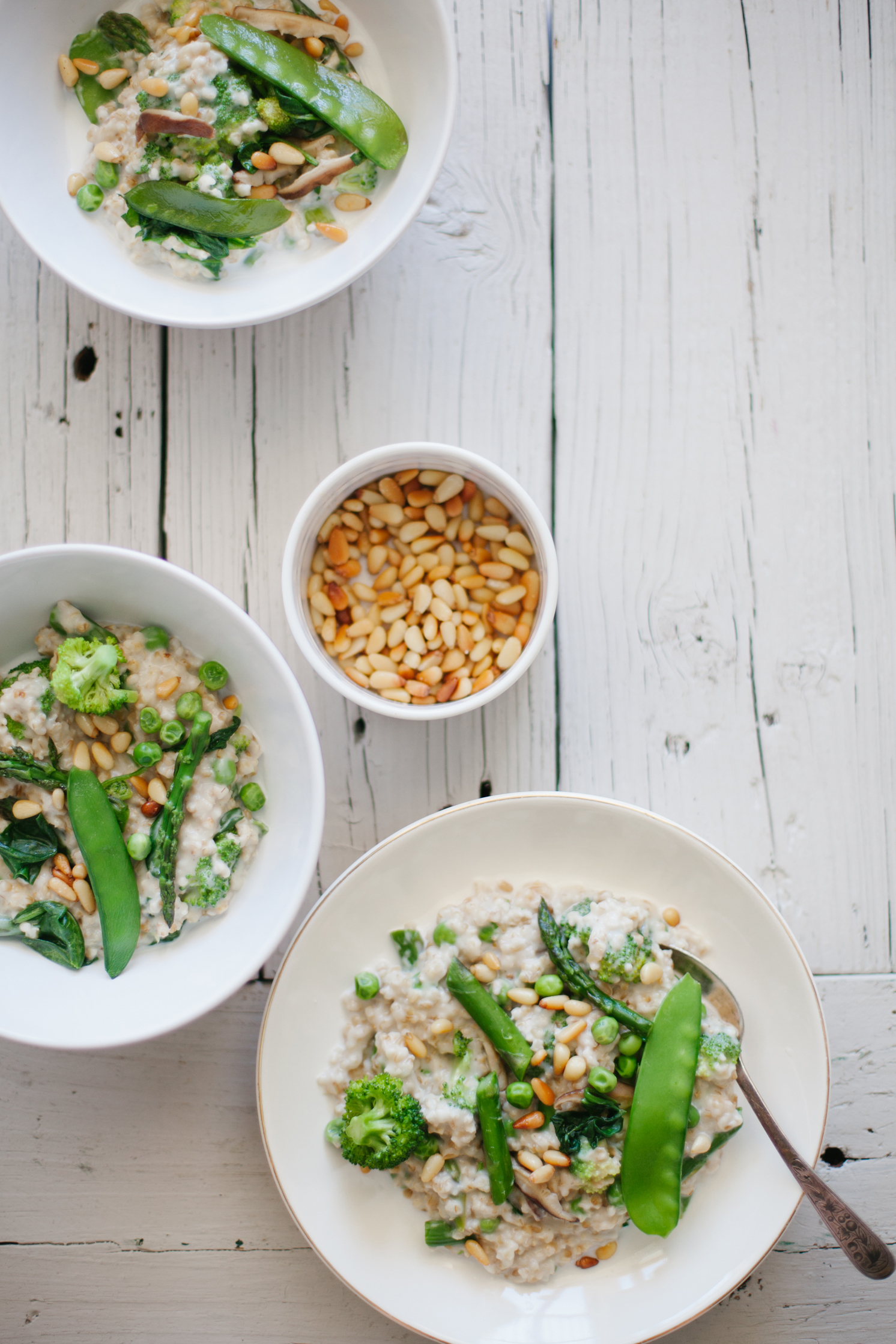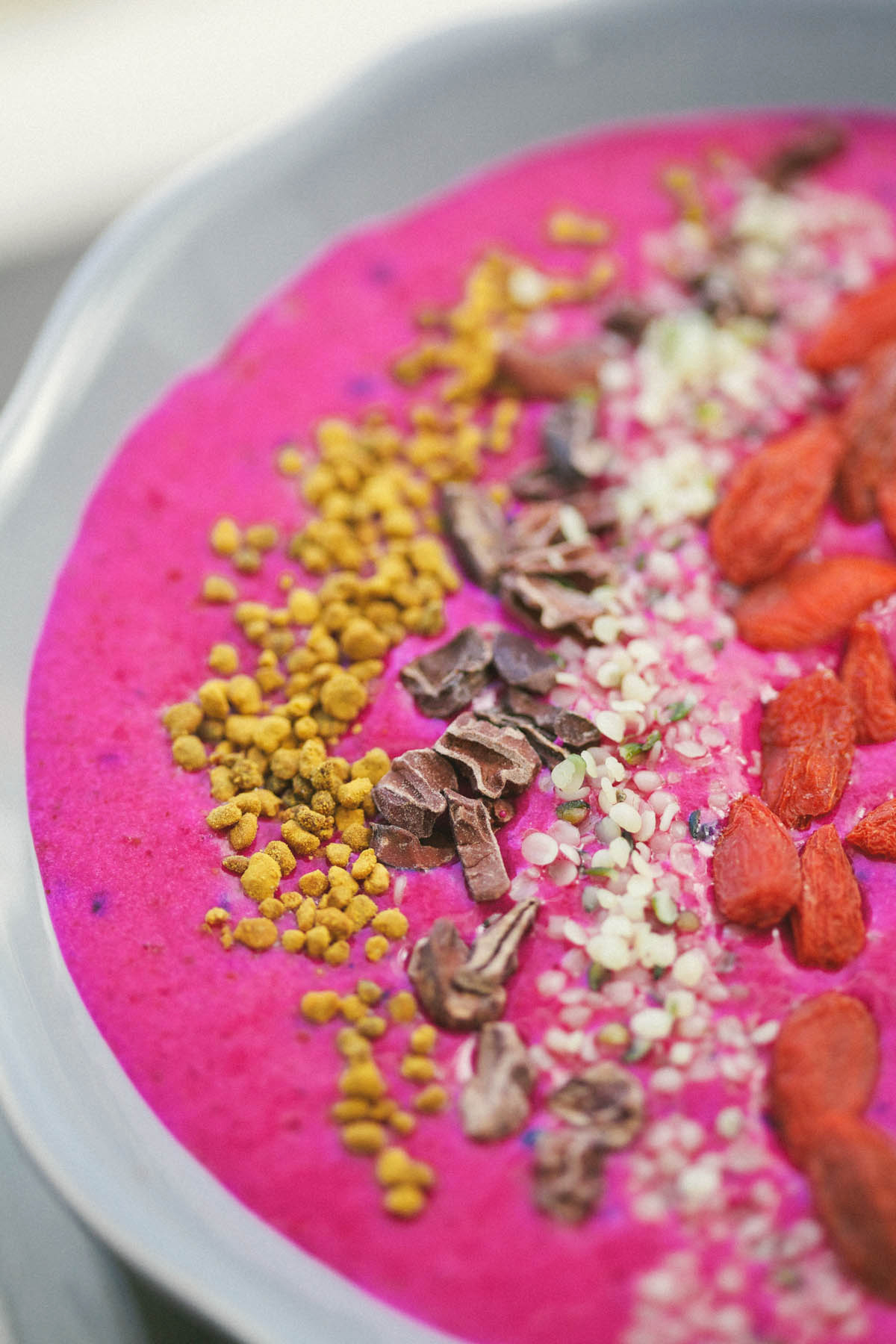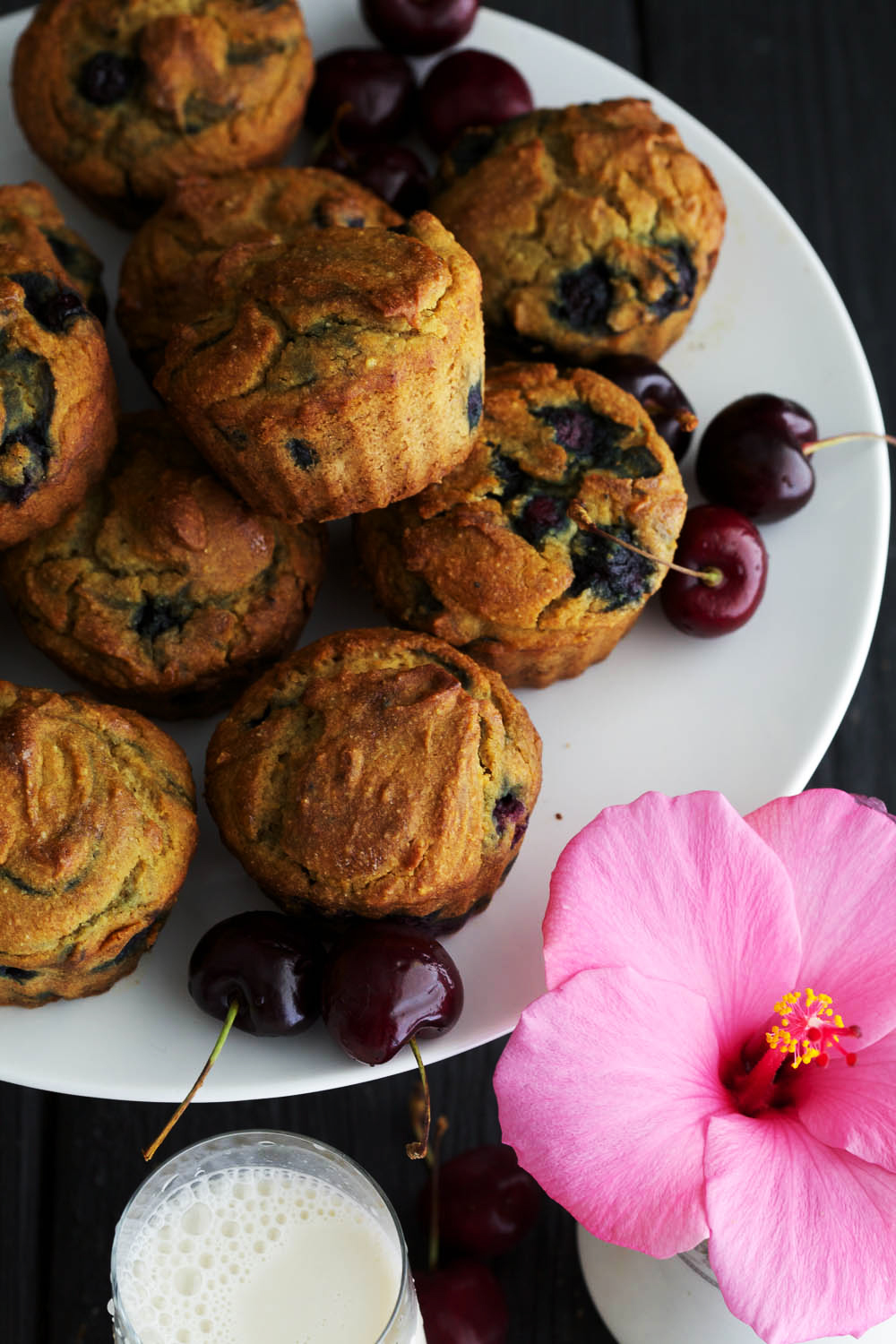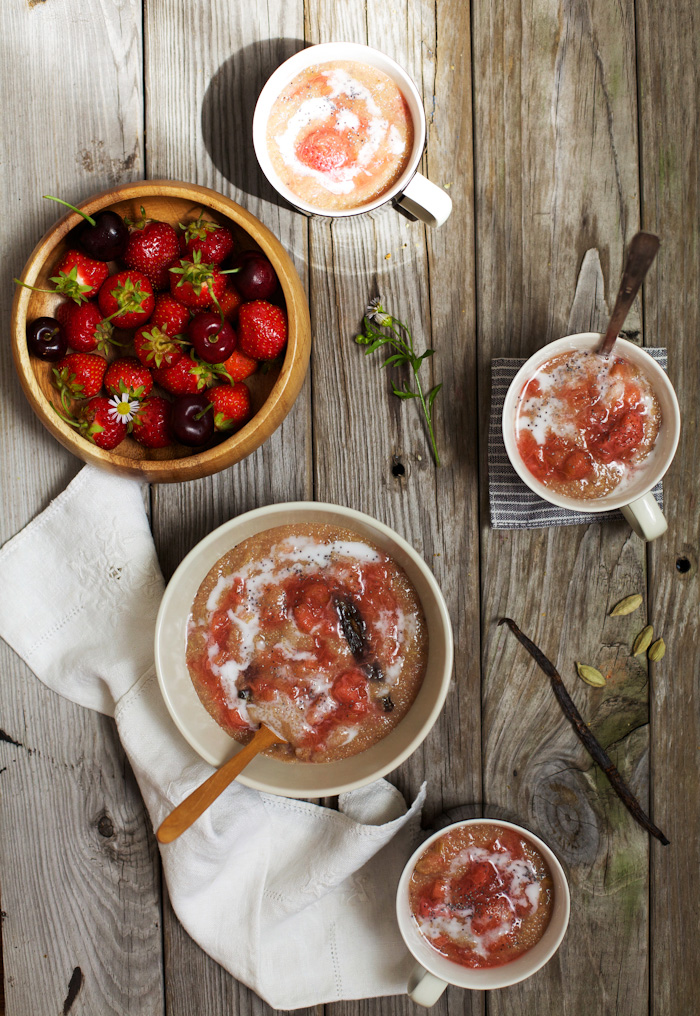Breakfast Recipes Recipes
27
Chocolate Raspberry Overnight Oats
by Masha
Read Recipe
Sweet & Salty Nut Butter Oat Clusters
by Anya
Read Recipe
The Simplest Chocolate-Banana Granola (Oil-Free!)
by Masha
Read Recipe
Shortcut Apple Steel Cut Oats + A Day of Eating Video
by Masha
Read Recipe
Grain-Free Sweet & Savory Activated Walnut Granola
by Anya
Read Recipe
Coconut Beet Overnight Oats
by Anya
Read Recipe
Favorite New Year Reset Recipes
by Anya
Read Recipe
Gluten-Free Blueberry Lemon Scones
by Anya
Read Recipe
Quick Blender Pancakes, Three Ways
by Anya
Read Recipe
Sweet Potato Toast, Two Ways
by Anya
Read Recipe
Spiced Amaranth Porridge with Ginger Stewed Apples and Raisins
by Anya
Read Recipe
Nut Milk and Quinoa Cereal, 3 Ways
by Anya
Read Recipe
Immunity-Boosting Beet and Camu Camu Breakfast Bowl
by Anya
Read Recipe
Whipped Chocolate Chia Pudding
by Anya
Read Recipe
A Day of Smoothies
by Anya
Read Recipe
Peach and Avocado Overnight Oats with Moringa Powder
by Anya
Read Recipe
Green Smoothie Pops — Ice Cream Sunday
by Anya
Read Recipe
Creamy Steel Cut Oats with Spring Vegetables
by Anya
Read Recipe
Pitaya Breakfast Bowl
by Anya
Read Recipe
Turnip Blueberry Muffins
by Anya
Read Recipe
Cardamom Amaranth Porridge with Stewed Strawberries
by Anya
Read Recipe
Rhubarb Rosemary Musli
by Anya
Read Recipe
Sprouted Spelt Pancackes
by Anya
Read Recipe
Rose and Lavender Parfait and a Breakfast with Friends
by Anya
Read Recipe
Superberry Smoothie
by Anya
Read Recipe
Raw Honey Maca Pancakes, a Weekend Breakfast
by Anya
Read Recipe
Raw Apricot and Plum Breakfast Biscotti with Lavender and Cardamom
by Anya
Read Recipe




